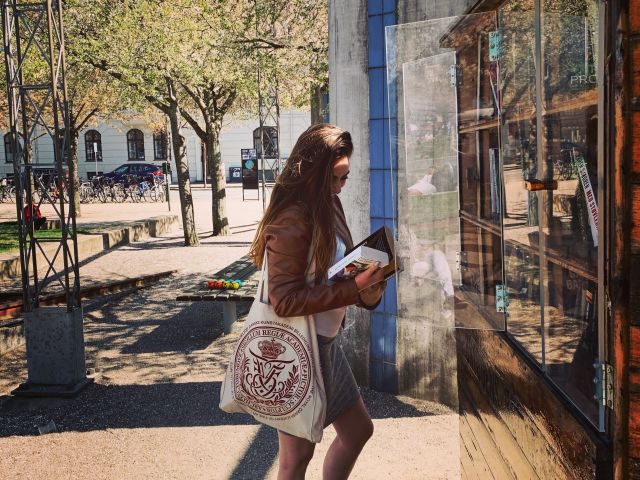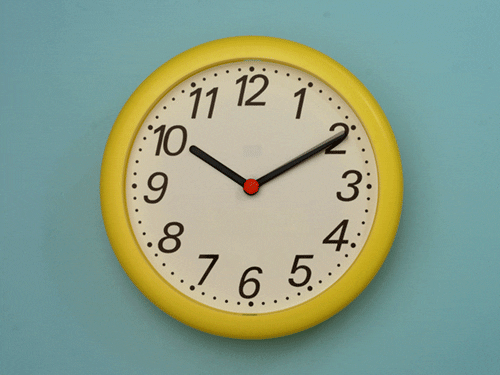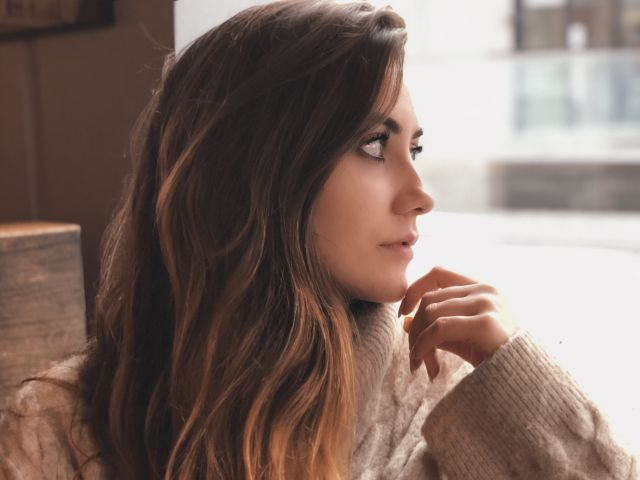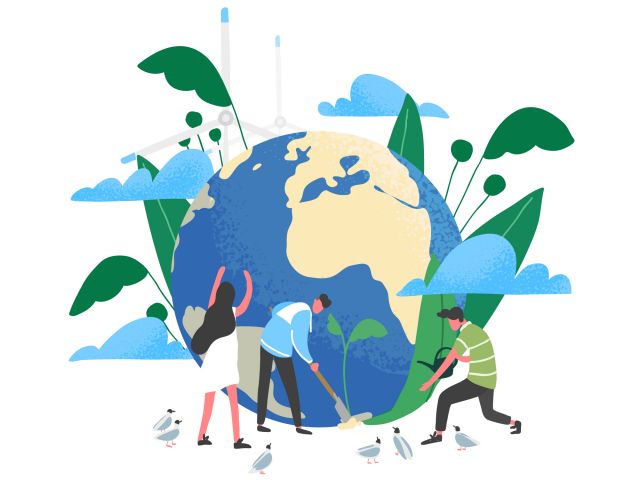How Danes taught me to listen

Attentive listening was never really my forté, as anyone who knows me would agree. I tend to talk too much and listen too little. Denmark and Danes changed this for me once and for all.
When I first stepped foot in Denmark, there was an obvious culture shock and a big part of it was the language. Yes, you can literally go anywhere in Denmark and speak to practically everyone in English and they will understand you and help you out if need be. However, when you are walking down streets you’ve never seen and immersing yourself in a new way of being and living, Danish plays a huge role.
It was a language I couldn’t speak, understand or even make out what they were trying to say. I couldn’t make jokes; I couldn’t express myself and I couldn’t articulate my feelings. It felt like I had duct tape on my mouth at all times. It may seem normal to experience this if you don’t speak the language of the country you are entering.
But I have a burning passion for languages, and I wanted to learn to at least understand parts of it so that I could unravel another part of Danish culture.
I didn’t go down the traditional language learning path at first. I decided to take solitary walks in the park, sit on the benches and just listen. Listen to all the people walking by, trying to make out what they were talking about. Listening and trying to make connections with any of the other languages I was familiar with
Words on billboards started to make sense
At the end of this exercise, don’t expect to be fluent. Not even close. But because you are looking for talking patterns you soon start to find them: parasite words, the tempo of speaking, melody of the language, which parts of the sentence are accentuated, how people change their voices depending on the mood of the story they are telling, etc.
Attentive listening then became a habit that was easy to maintain. Listening paired with Danish courses unravelled a whole new Denmark I was previously unaware of. Like, for example, I started to better understand Danish traditions when I heard their explanation in Danish, I understood some jokes and I started to understand the Danish work environment better.
Words on billboards started to make sense, ads in the streets would speak to me and I finally understood what the bus driver was saying and why we needed to leave the bus (which can be extremely helpful if it is changing directions :D)
I felt at home.
For me, learning bits and pieces of Danish was what put frames on the portraits in the national museum, what gave the old Viking ships I saw in Roskilde their colours and what gave monuments their historical meaning. I was like a painter discovering a whole new palette of colours that I was previously unaware of.
But language is not of the essence. It is (truly) listening. And this simple lesson was taught to me by an elderly lady I met on a bus. She started talking to me, but she could tell that I was struggling with Danish and having a hard time holding a conversation. I felt embarrassed about not being able to understand and speak the language of the country I was living in. She just looked at me, held my hand for a second and just continued telling her story as if she didn’t see the language barrier between us. Then I understood and I felt understood. I smiled and I just listened until her stop came, and we parted ways. Then and there I felt integrated, welcomed and accepted.
I felt at home.





































































































































Comments